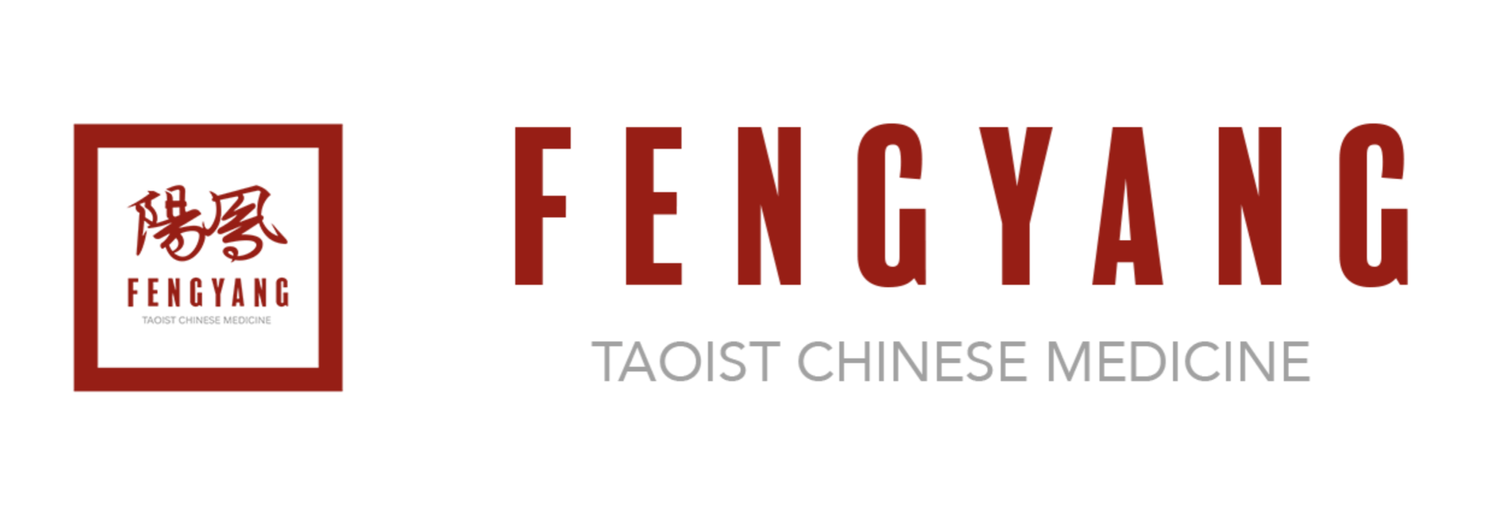Learn About Chinese Herbs -Bian Xu (Herba Polygoni Avicularis)-
Bian Xu (Herba Polygoni Avicularis)
This product is a rare and commonly used traditional Chinese medicine, and "Shennong's Materia Medica《神农本草经》" it is listed as the top grade.
Synonyms: Pig tooth grass, flat bamboo tooth, flat bamboo, stick grass.
Sources: Polygonum aviculare L. and Polygonum aviculaer.van.vegetum Ledeb. Polygonum Plebeium R.Brown. of dried stems and leaves, all wild.
Plant morphology: Annual, 15~50cm tall (or long), with a flat stem or oblique upward extension, also erect, with many branches at the base, with obvious nodes and longitudinal grooves. Leaves simple, alternate, oblong or lanceolate, with short stalks; The leaf sheath is cylindrical and hugs the stem, the base is dark reddish-brown, and the apex is filiform when it is old. The flowers are clustered with leaf axils, the corolla is small, green, and the edges are pink. Alemen triangular, black.
Origin: Produced in most parts of the country.
Trait identification: the stem is cylindrical, about 1~3mm in diameter, gray-green, brownish-red internodes, and fine longitudinal wrinkles. The leaves are shrunken and brownish-green or grayish-green. It has no smell and is slightly bitter. It is better to have many green leaves, tender quality and no impurities.
Main ingredients: Leaves contain glycosides, emodin and potassium salts.
Pharmachologic effect
(1) Diuretic: significant and can impose urinary sodium excretion. Continuous administration will not produce tolerance, and the safety range of application is large, the dosage can be slightly larger, and small doses will have no diuretic effect. The active ingredient is potassium salt.
(2) Antibacterial: It has a strong antibacterial effect on dysentery flexneri type III.
(3) Deworming: Clinical observation has a certain effect on the removal of pinworms.
Processing: Cutting and chewing, raw use.
Taste: bitter and flat.
Meridian: enters into the bladder meridian.
Function: Heat and dampness, drenching, insecticide.
Indications: poor urination, gonorrhea, edema and other symptoms.
Clinical application
(1) Treatment of symptoms such as urethritis, urethral stones, ureteral stones, etc., especially suitable for those with astringent pain and constipation, often paired with Mu Tong, Qu Mai, Che Qian Zi, etc., such as in the formula “Ba Zheng San”.
(2) For the treatment of chyluria, with Bi Xie, Shi Wei, Hai Jin Sha, etc., such as in the formula “Ru Mi Niao Fang”.
(3) For the treatment of pinworm disease, decoction with 30g of water alone, once in the morning and once in the evening; Or with Fei Zi Rou, Jian Bin, etc. Such as in the formula “Fe Qu Nao Tang”.
Precautions for use: Qu Mai, Bi Xie and Bian Xu can remove dampness and heat to help urinate and cure gonorrhea. However, the indications of all three have their own priorities. Where heat is heavier than dampness, and there is a burning sensation and pain in the urethra when urinating, use Qu Mai; If the dampness is heavier than the heat, and the urine is like rice soup, it is advisable to use Bi Xie; If the dampness and heat are equal, and the urine is generally sluggish, the three can be used together with each other when there is a concomitant syndrome.
Dosage: 9~18g, when used as single herb up to 30g.
Prescription examples
(1) Ba Zheng San (from "Bureau"《局方》): Bian Xu 9g, Mu Tong 6g, Qu Mai 9g, Zhi Zi 9g, Hua Shi 12g Che Qian Zi 9g (cooked in tea bag) Da Huang 3g (entered last) Gan Cao Shao 6g, Deng Xin 3g, decoction in water.
(2) Ru Mi Niao Fang: Bian Xu 18g, Shi Wei 15gChuan Bi Xie 30g, Hai Jin Sha 15g (cook in tea bag), Mu Tong 9g, Mao Gen 30g, Xiao Ji 15g, Liu Yi San 24g (powder added after cooked), decoction in water.
(3) Bian Fei Qu Nao Tang: Bian Xu 9g, Fei Zi Rou 12g, Jian Bin 12g, Huai Hua Mi 12g, Shi Da Gong Lao 30g, decoction in water.
annotations
1. The crude drug appearance of the plants in the genus Polygonum is very similar to that of the Lycopodium, and all of them are common to the Lycopodium.
2. The rhizome used in Guangdong and Guangxi is the rhizome of the iris family. Its properties and effects are different from those of the family Knotweedae, pay attention to the difference.
3. The whole grass of the leguminous plants Corneye grass and Calyx corngrass used in the northern and eastern parts of Fujian Province is called Xiao Bian Xu.
Disclaimer: All above articles are for reference only. If patients are interested, please consult a professional practitioner Traditional Chinese Medicine for a consultation.



